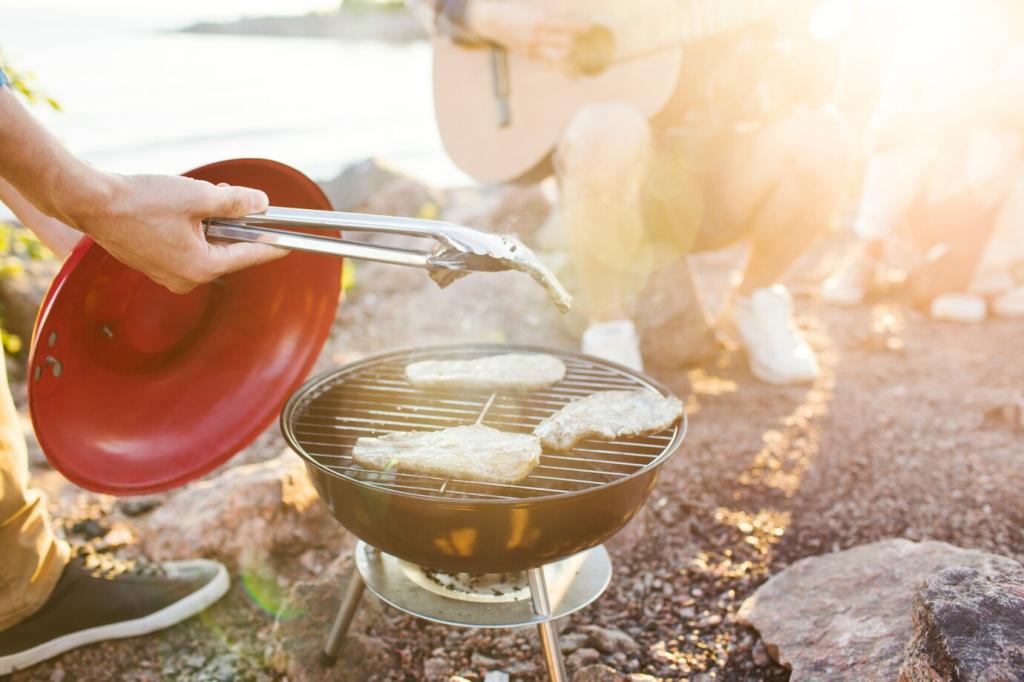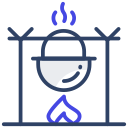
Stay Safe Around the Flame: BBQ Safety and Fire Prevention Tips
Chosen theme: BBQ Safety and Fire Prevention Tips. Fire brings flavor and fellowship, but it also demands respect. Here you’ll find practical, story-filled guidance to prevent flare-ups, protect your home, and keep every cookout confident, calm, and unforgettable. Subscribe for fresh safety insights and join the conversation.
The Fire-Safe Foundation
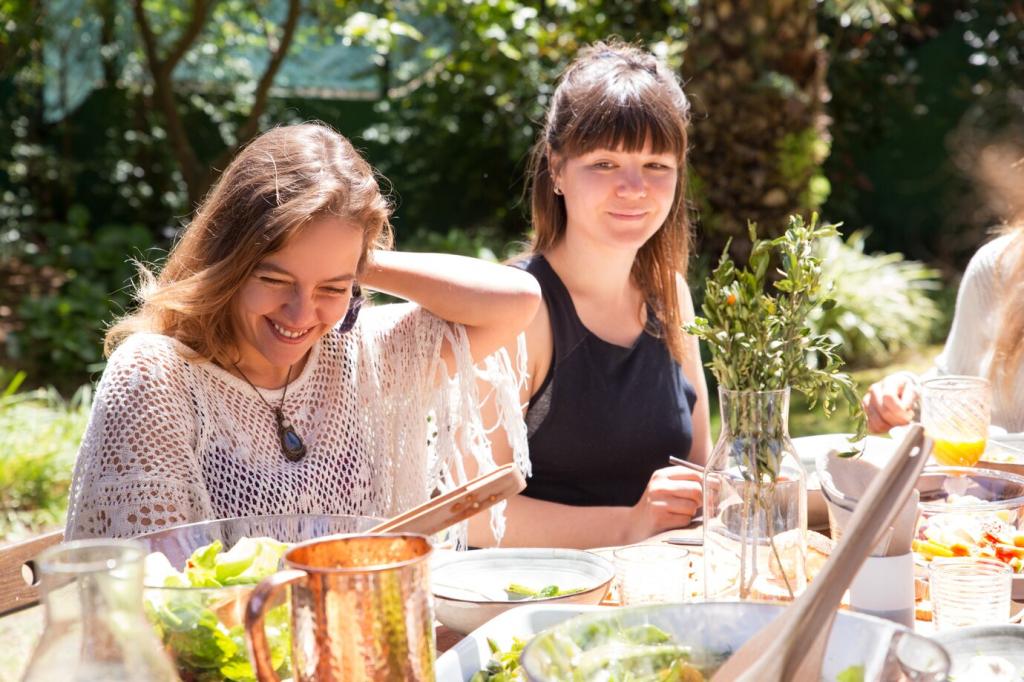
Know Your Heat Zones
Create direct and indirect heat zones so you can move food away from sudden flare-ups. This not only prevents burns and scorched meals, but also buys time to manage grease safely. Share your favorite zone setup in the comments.

The 10-Foot Rule
Keep your grill at least ten feet from walls, fences, railings, and overhanging branches. Heat radiates farther than you think, and wind can redirect sparks unexpectedly. Snap a setup photo and ask readers for feedback on safe spacing.
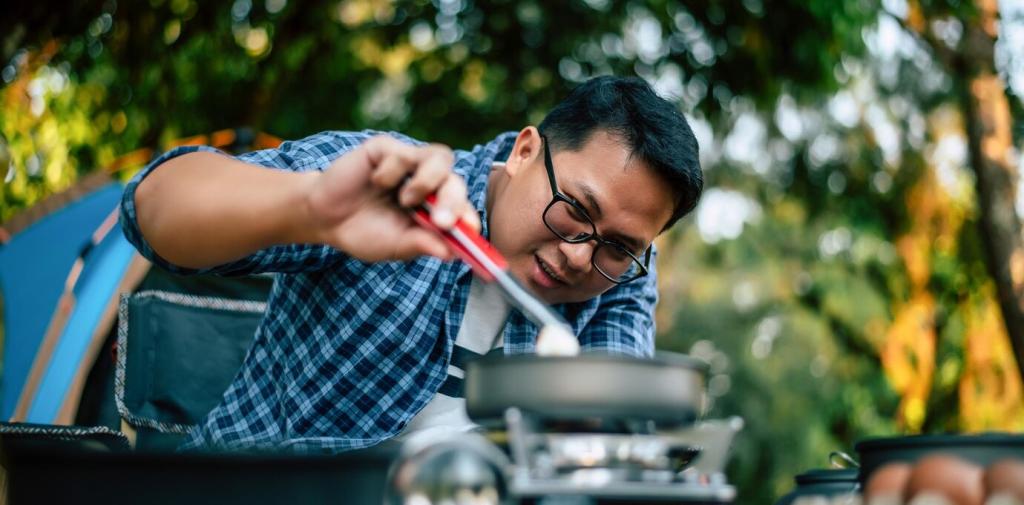
Dress for the Grill
Avoid loose sleeves and synthetic aprons that can melt or ignite. Choose snug, natural fibers and closed-toe shoes. A pair of long tongs and heat-resistant gloves add crucial distance. Tell us your must-have protective gear to inspire newcomers.
Equipment Inspection and Maintenance
Test hoses and connections with a soapy water solution; bubbles signal leaks that need immediate attention. Replace brittle hoses and expired tanks. If you have a quick leak-check trick, drop it below so others can learn from your routine.

Skip lighter fluid and use a chimney starter with natural cubes or newspaper to avoid flare-ups and fumes. Keep bags sealed, dry, and upright. What’s your fastest, cleanest chimney technique? Share it to help beginners stay safer.

Place cylinders upright outdoors, away from heat and direct sun. Transport them vertical and secured in your vehicle. Never store indoors or in basements. Comment with your checklist for buying, swapping, and safely connecting propane tanks.
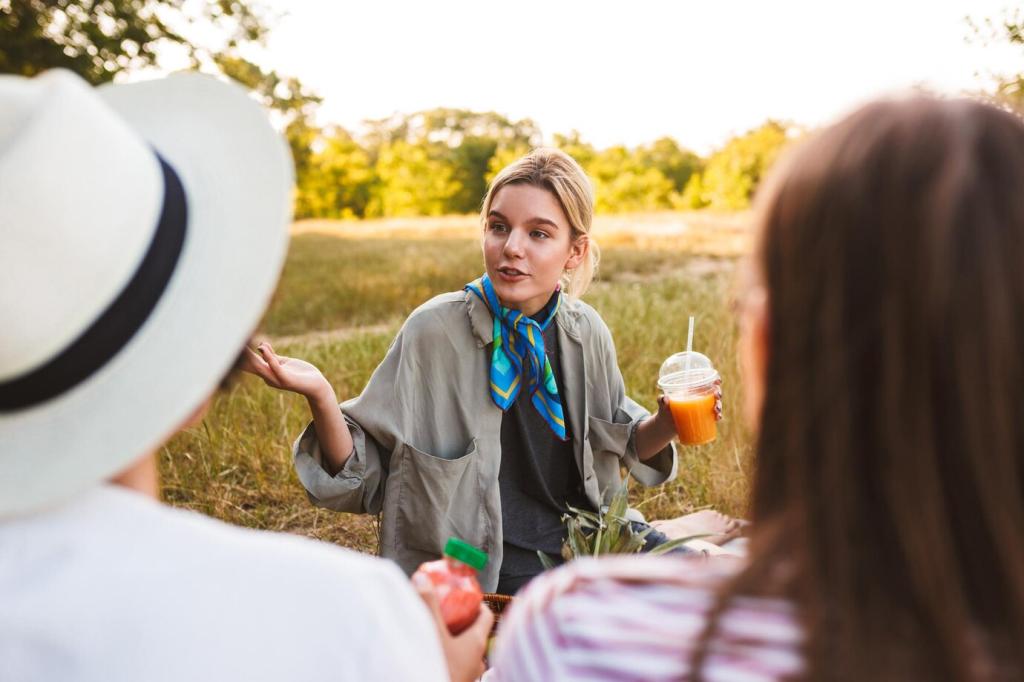
Use properly seasoned wood and keep pellets sealed to prevent steam bursts and unpredictable smoke. Never burn treated lumber. Tell us your favorite wood pairings that deliver flavor without sacrificing safety or pit temperature control.
Stable, Level, and Noncombustible
Set the grill on a flat, fireproof surface like concrete or pavers. Avoid wooden decks without a mat. A wobble invites spills and burns. Post your setup and ask readers whether your surface and spacing pass the safety test.
Wind, Ventilation, and Drift
Position with wind at your back to keep heat and smoke away from you and your guests. Ensure clear ventilation; never grill in garages or tents. Share how you adjust placement on gusty days to keep sparks contained.
Clear the Combustibles
Remove dried leaves, paper plates, extra bags, and hanging towels from the grill zone. Keep a clear path so you can step back quickly. Show your pre-grill sweep routine and challenge friends to beat your cleanup time.
Managing Flare-Ups and Grease
Trim excess fat from cuts and place drip pans under roasts to catch renderings. This reduces fuel for flare-ups and keeps flavors focused. Share a photo of your drip-pan setup and the results you tasted afterward.
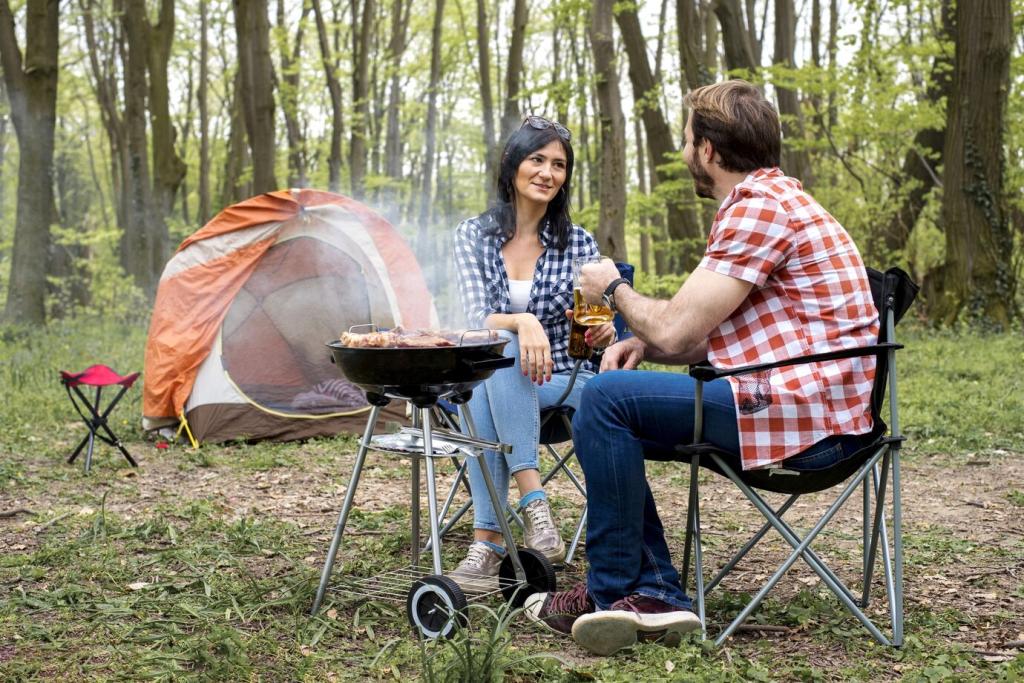
Managing Flare-Ups and Grease
Keep the lid nearby and use it to smother sudden flames by restricting oxygen. Move food to indirect heat, then breathe and reassess. What’s your calm response script when flames leap unexpectedly? Teach others your steps.
Weather, Seasons, and Local Rules
Respect Burn Bans and Drought Alerts
Check local advisories before lighting up. Dry grass and low humidity turn embers into fast-moving threats. Bookmark your county alert page and share it with neighbors. Comment with your region’s resources to help our community stay informed.
Thunderstorms and Lightning Logic
If you hear thunder, move away from metal grills and tanks. Rain can also drive grease into dangerous sputters. Call it early and reschedule. What’s your plan B menu or indoor alternative that keeps safety first?
Cold Weather and Carbon Monoxide
Never grill in enclosed spaces or near open windows. CO is invisible and deadly. Keep detectors working indoors. Tell us how you winterize your grill zone while still keeping airflow, light, and safe access to extinguishers.
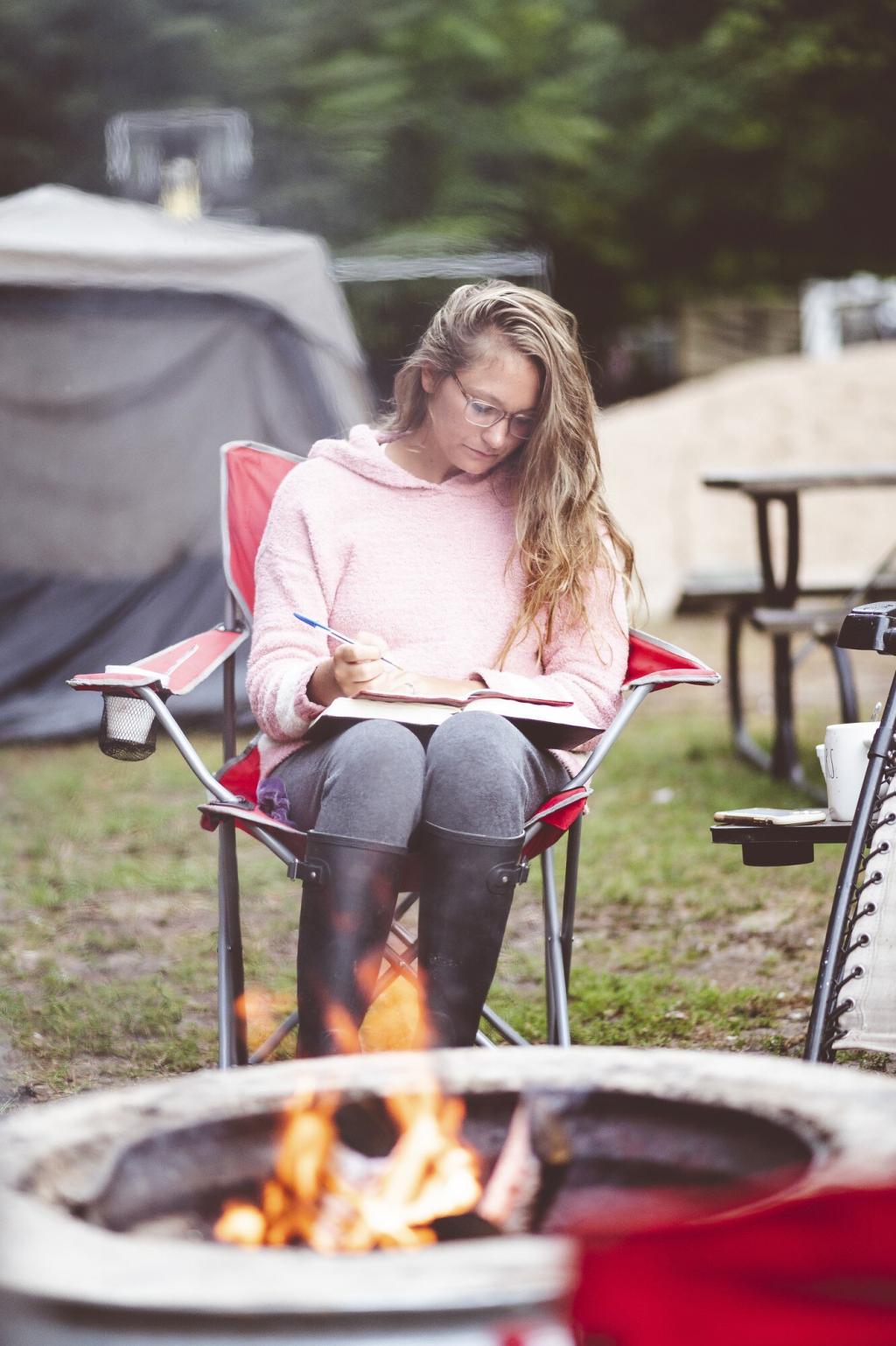
Emergency Readiness and First Aid
Pick the Right Extinguisher
Keep a dry chemical ABC extinguisher within arm’s reach, know the PASS method, and check gauges monthly. Share a photo of your extinguisher spot and encourage friends to practice the steps before their next cookout.
Treat Minor Burns Properly
Cool under clean running water for twenty minutes, then cover loosely with sterile dressing. Avoid ice or greasy ointments. What first aid tips do you keep in your kit? Post your essentials so others can build theirs.
Plan for the Worst, Act with Calm
Agree on a meeting spot, keep phones charged, and assign someone to call emergency services. Practice a quick drill annually. Invite readers to share their family’s plan to inspire safer gatherings across the neighborhood.
Kids, Pets, and Guest Awareness
Mark a three-foot “kid-free, pet-free” ring around the grill with chalk or cones. Make it a game so kids remember the rules. Post your boundary ideas and help parents adopt fun, effective safety rituals.
Kids, Pets, and Guest Awareness
Feed pets before you grill and use leashes or portable gates to keep them clear of hot surfaces and falling scraps. Share your pet-safe setup to help others keep tails wagging and paws unburned at every cookout.
